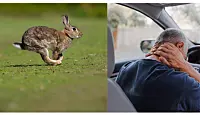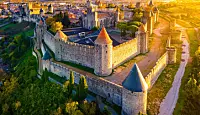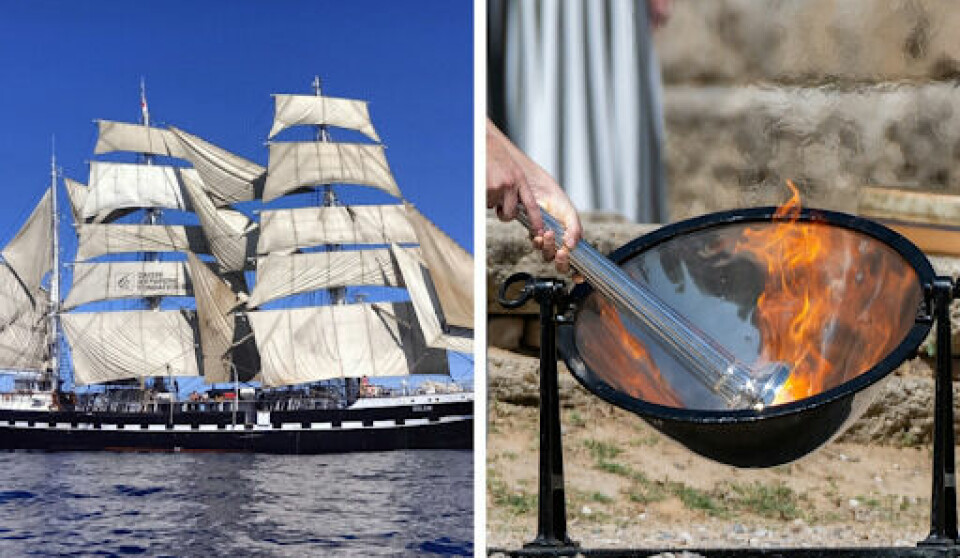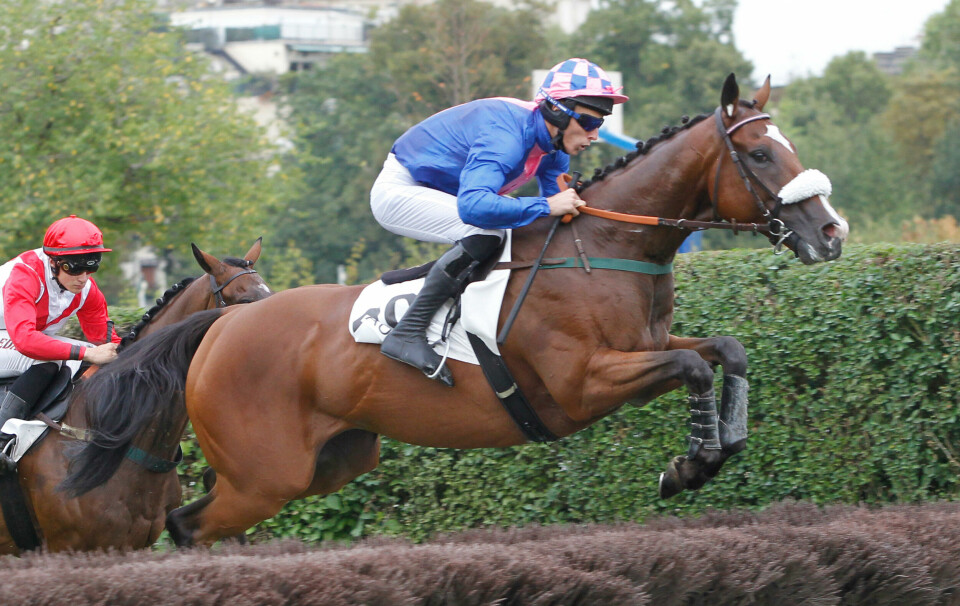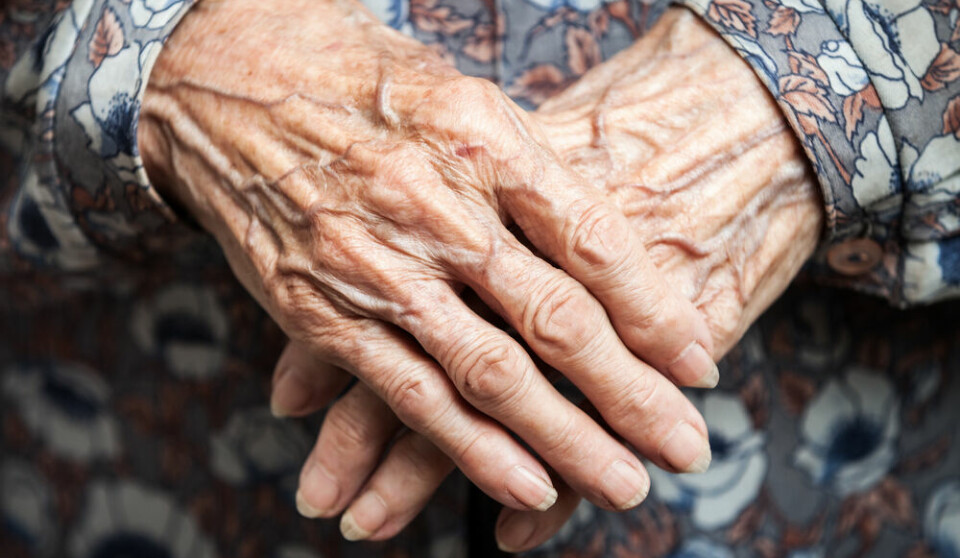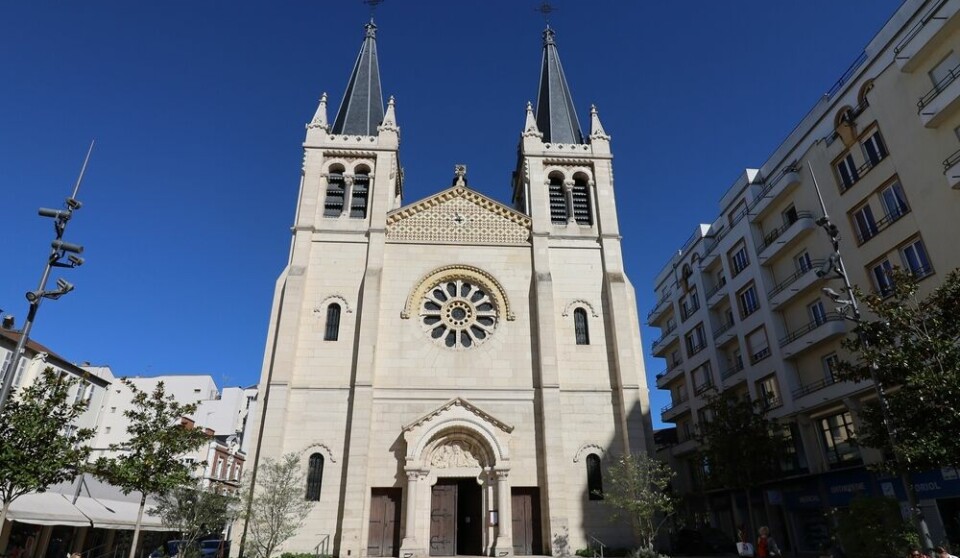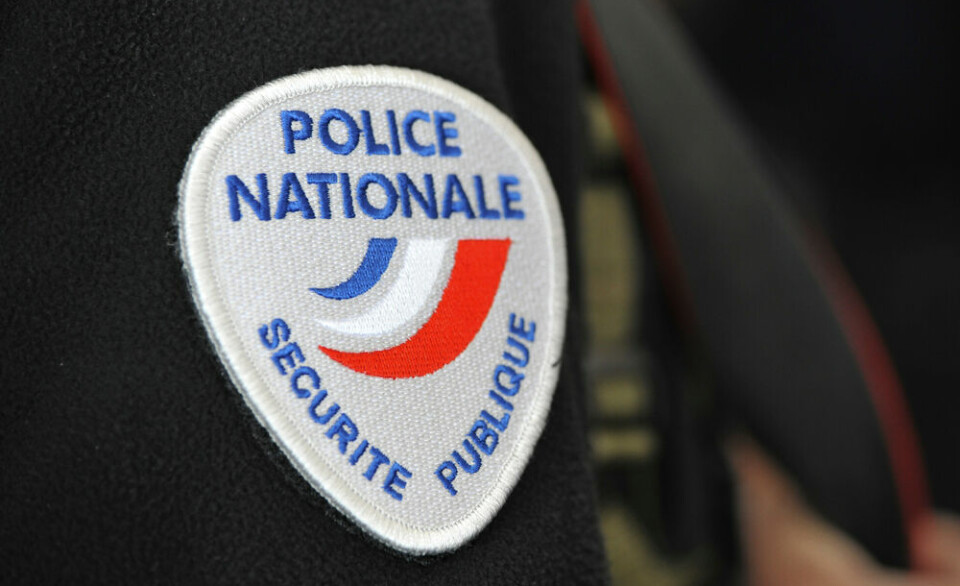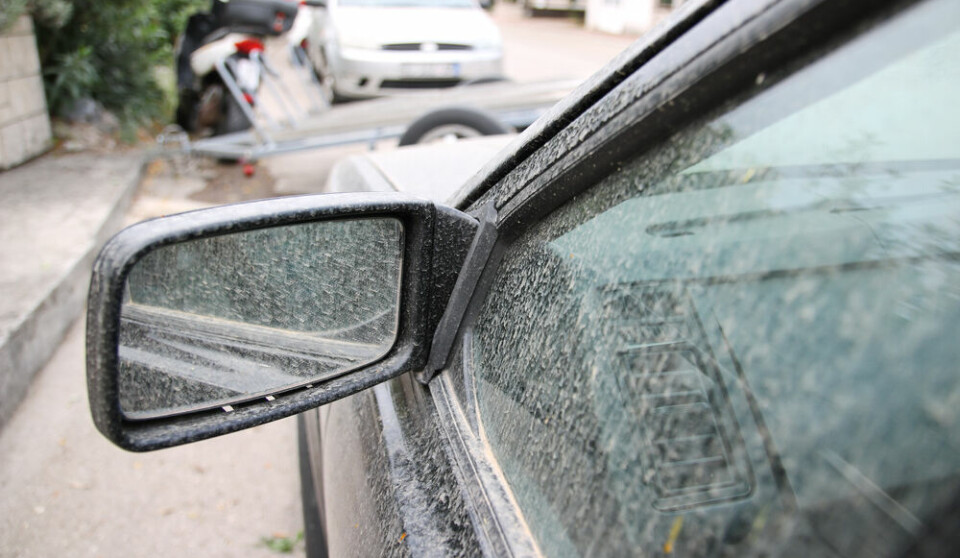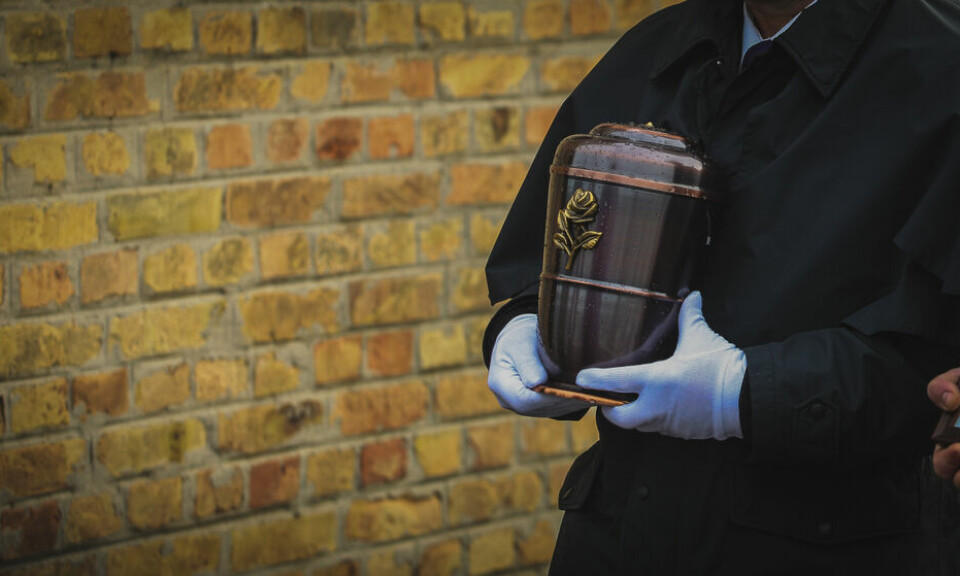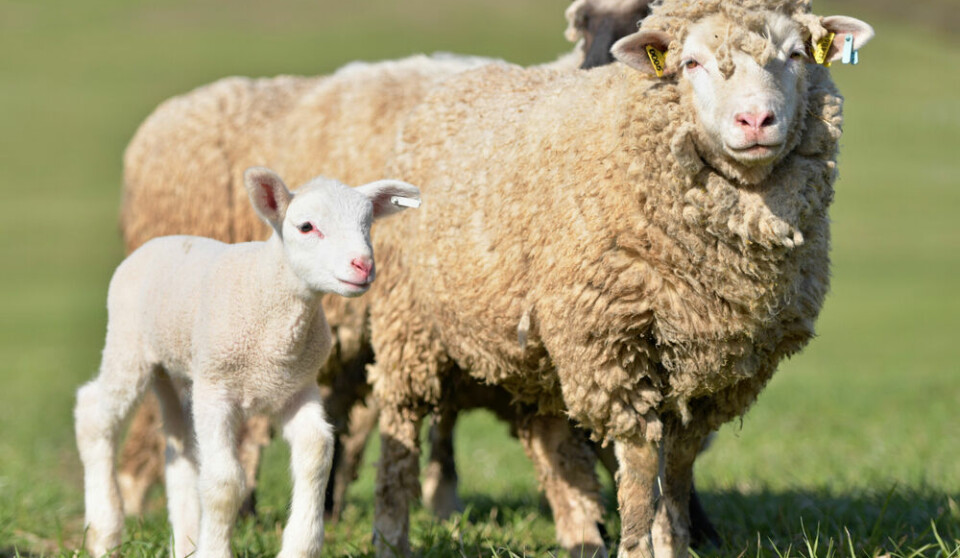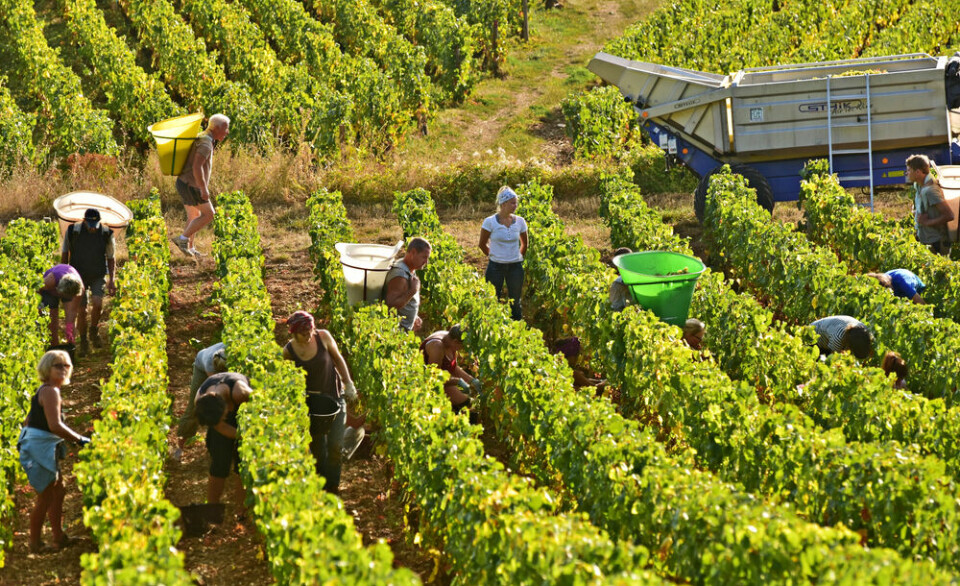-
Meet France's great garden acrobat
With its bright yellow and blue plumage, the Eurasian blue tit is easy to spot in the garden.
-
Petit lapin, coup du lapin: 6 commonly used French rabbit expressions
A potential new penalty for missing a doctor’s appointment has also been nicknamed la taxe lapin - we explain why
-
Full tour of Carcassone’s medieval ramparts to open for the first time
Visitors will be allowed to walk all three kilometres of its historic walls from September
Why do we eat a ‘chocolate fry-up’ of fish at Easter?
Alongside the familiar chocolate eggs and bunnies, Easter chocolate in France also comes in the form of bells – and of little fish, known as friture.

Literally, a ‘fry-up’, friture can be in any colour of chocolate and consists of fish, shells and shellfish. You would ask for it with a request such as: je voudrais 100g de friture, s'il vous plaît.
The origin of this tradition is a story from the Bible in the Gospel of John, which recounts an appearance of Jesus to the disciples after his resurrection.
One of two ‘miraculous catch’ stories in the New Testament, it tells how Peter and some of the other disciples had spent the night fishing without catching anything, when early in the morning Jesus – who they do not recognise - calls out to them from the shore.
Finding that they have caught nothing, he tells them to throw their nets to the right-hand side of the boat, upon which they are unable to haul the net in because it is so full of fish.
Recognising Jesus, they make for shore, dragging the net behind the boat, where they find he has built a fire and they join him for a breakfast of grilled fish and bread.
Scholars ponder whether there is some deep meaning to the number of large fish that were found in the net – 153 – but be that as it may, the story has inspired chocolatiers since the 19th century.
Stay informed:
Sign up to our free weekly e-newsletter
Subscribe to access all our online articles and receive our printed monthly newspaper The Connexion at your home. News analysis, features and practical help for English-speakers in France
It is probably called a ‘fry-up’ because the little fish are reminiscent of a pan of little cooked fish, such as whitebait or rouget.
The fish has, however also been a Christian symbol since the second century, when it is said that persecuted Christians used it as a secret sign, because the letters of the Greek word for fish spelled out the first letters of the phrase ‘Jesus Christ, Son of God, Saviour’.
Another symbolic link is with Jesus’s instruction to the disciples to become ‘fishers of men’ – making new converts to the faith.

